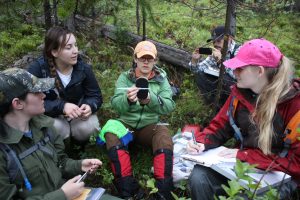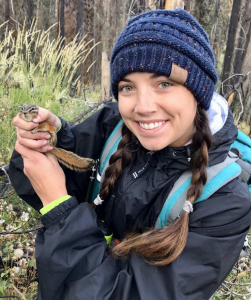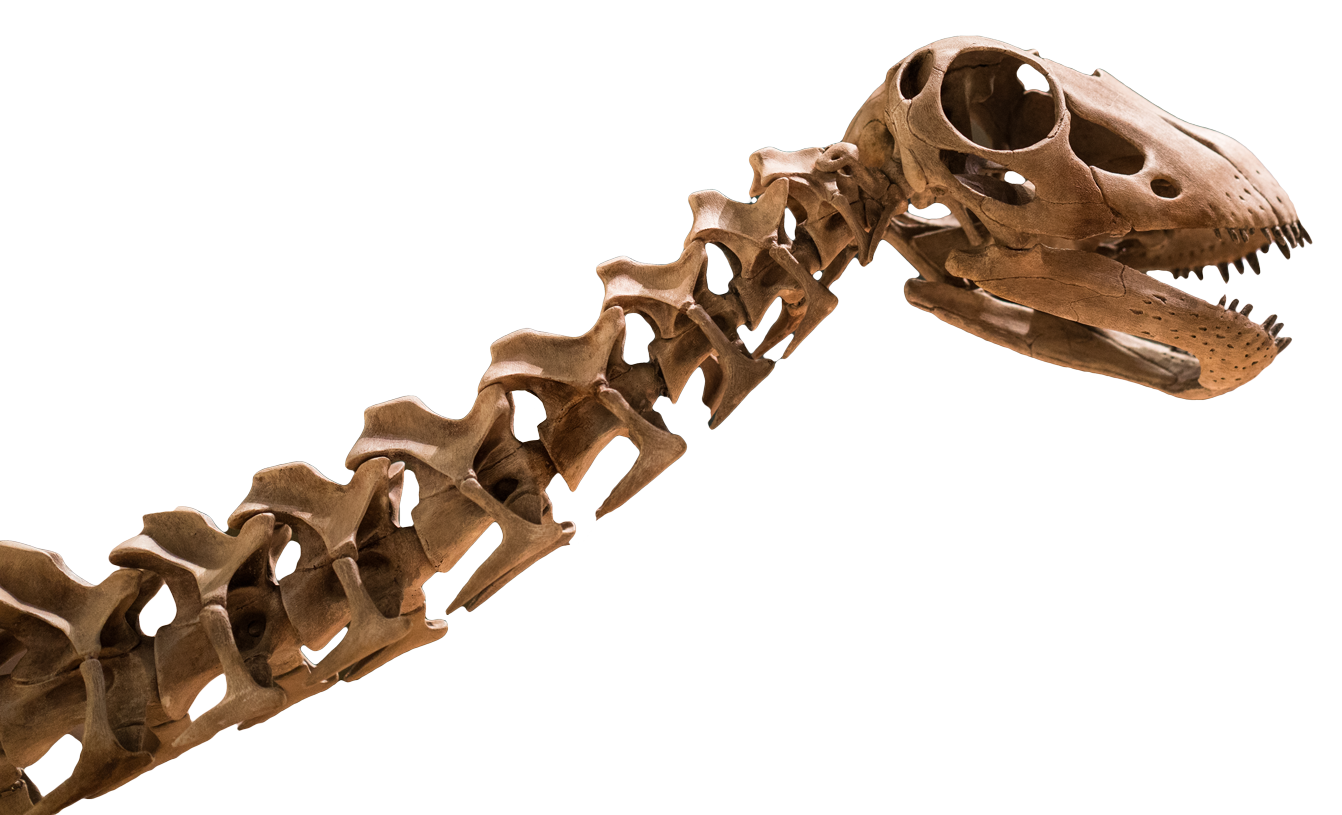
Hayley Lanier, assistant curator of mammalogy at the Sam Noble Museum and University of Oklahoma assistant professor of biology, is researching wildfires and their effects on small mammal communities in the Yellowstone National Park area.
Lanier has been researching the Yellowstone ecosystem since 2014, but research involving the impacts of Yellowstone wildfires has been ongoing at these sites since the 1980s.
“In the 1980s, decades of fire suppression in the region had left large amounts of fuel on the ground,” said Lanier. “In the late 80s, a lot of this came to a head with a very dry summer, and multiple huge fires spread across Yellowstone, burning the greater proportion of the park.”
These fires, notably several massive ones that hit Yellowstone in 1988, launched a series of longer-term studies of the implications and impact of fire.
“How do communities of animals and plants return after a burn?” questioned Lanier. “What does that information mean, and from a management side, how do future fires play in to shaping conservation and biodiversity?”
Lanier is part of a larger team including faculty from the University of Wyoming and Laramie County Community College that is researching what these fires mean in terms of changes for the small mammal community.
“We’re particularly interested in small mammals because they are a really important link in the food chain,” explained Lanier. “They’re some of the most important predators of seeds; they move around fungal spores, and they’re also important predators on invertebrates. They’re shaping the communities that they’re feeding on, and they serve as food for larger predators such as weasels, foxes and even birds.”
Lanier said specifically, she’s interested in how these wildfires can change the composition of the community.
“Some small mammals that existed before an area burned will survive through a fire but many will perish,” said Lanier. “We are studying what causes the set of small mammals in a community to shift immediately after a fire and over the long term as plant communities change.”
So far, Lanier’s research has revealed that deer mice are one of the first small mammal groups to appear immediately after a wildfire. Lanier’s team came to this conclusion after studying small mammals caught in live traps.
“Deer mice make up 85% of our captures,” said Lanier. “They are some of the most adaptable mammals across North America. Now, we’re trying understand why they are the first to appear and why they decline over time.”
Their study grids have been laid out since 1989 (following the 1988 wildfire), and Scott Seville, one of Lanier’s colleagues from the University of Wyoming, has been regularly live-trapping, tagging and releasing small mammals over the years. They discovered that while the deer mice are usually the first small mammals to appear after a fire, their population eventually declines in abundance. As they decline, they are gradually replaced by red-backed voles.

Addison Allen, OU master’s student in biology, is delving further into why this occurs.
“My master’s research focuses on how ecosystems change after severe fires, and I’m looking at how small mammals respond to the changing fire regimes and widespread increases in fire in the West,” said Allen. “Specifically, I am testing how two dominant small mammals of the region, deer mice and red-backed voles, change their diet in different fire succession stages.”
She began researching this topic three years ago, working on the long-term data on small mammals from Yellowstone. She and Lanier focused on figuring out why deer mice numbers increase after a fire while all other species decrease.
“Increases in deer mice after a forest fire have been observed in multiple studies, but the underlying cause is largely unknown,” said Allen.
She proposed a groundbreaking hypothesis that deer mice are able to persist in disturbances because their diet is more flexible than their ‘picky-eater’ competitors who cannot find specific foods after fires. With more flexible diets and a lack of competitors, deer mice can take over post-fire habitats.
“Food availability can drive community changes, so figuring out how animals change their diet in response to habitat change can give important insights into how future wildfires will impact our ecosystems,” explained Allen. “Deer mice and red-backed voles are very important mammals to this region; they eat seeds and are an important food source for predators which affect where plants and other animals are found, so their absence or presence has huge ecological impacts.”
In 2016, Lanier and her colleagues returned to their study sites where the 1988 fire had occurred. Their research was soon interrupted by another wildfire that blazed through the area. However, it provided a unique opportunity.
“You never ever have the chance to know what was in a place before a fire came through,” said Lanier. “Since we were trapping in the same areas as they did after the 1988 fire, we were potentially trapping the same community. We could compare the changes after that fire and the 2016 one and look at how these communities changed.”
The presence of certain animals after a fire is one indicator of how these communities change, but sometimes Lanier has to dig a little deeper.
“A lot of times you’ll see things that are voles, shrews or chipmunks, but you can’t know which particular species they are until you do a really close look at its genetics or skull morphology,” explained Lanier. “That’s why cataloguing these species are so important – you may think it’s one kind of chipmunk, but it’s actually another. We’re starting to get a handle of how species are changing at the margin, and we’re learning that we could be losing some species under climate change and fires.”
Lanier’s ongoing research correlates with the Sam Noble Museum’s upcoming temporary exhibit, Facing the Inferno. Opening Nov. 21, the exhibit documents the devasting effects of wildfires through the lens of photographer Kari Greer.
“I think in many ways, we’re providing the scientific side of what her photos are capturing,” said Lanier. “How does wildlife respond to a wildfire? In many cases, you can see how birds and large animals are responding because you can see them. If you want to know how small mammals are doing, you have to be there, trapping and looking for them – it’s the only way to see how they’re being impacted.”


